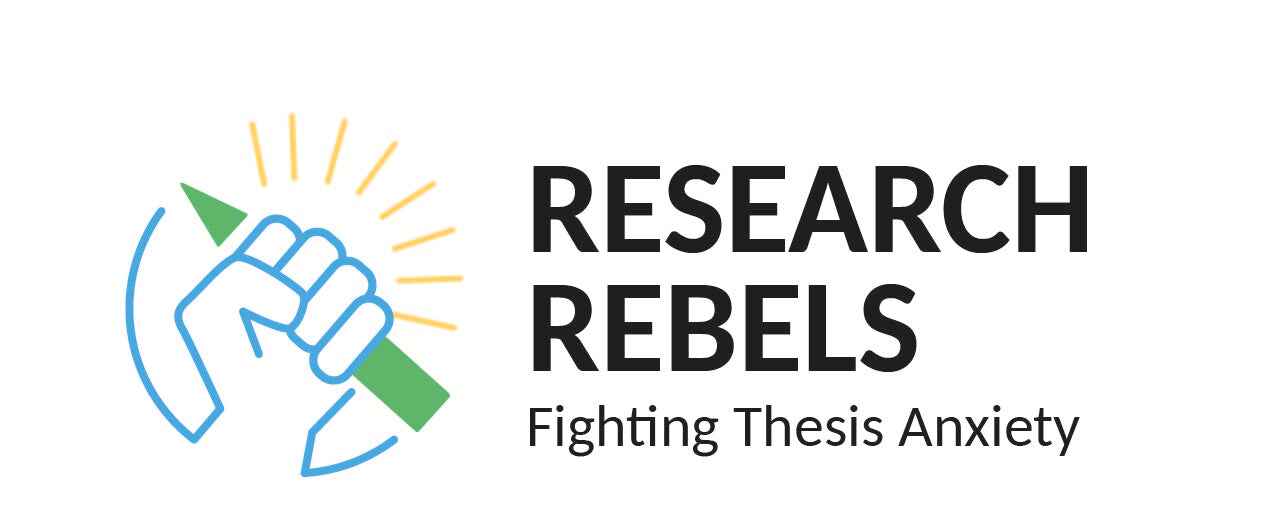Unlocking the Secrets of Data: A Review of 'The Art of Statistics'

In today's data-driven world, understanding statistics is more important than ever. David Spiegelhalter's book, The Art of Statistics: How to Learn from Data, offers a comprehensive guide to mastering statistical concepts and applying them to real-world problems. This review delves into the key aspects of the book and why it stands out in the crowded field of statistical literature.
Key Takeaways
- Holistic Approach: The book goes beyond formulas, emphasizing the storytelling potential of data.
- Real-World Examples: Practical applications make complex concepts easier to grasp.
- Critical Thinking: Encourages questioning and critiquing data interpretations.
A Holistic Approach to Statistics
One of the standout features of The Art of Statistics is its holistic approach. Spiegelhalter doesn't just throw numbers and formulas at the reader. Instead, he guides you through the storytelling potential of data, showing how to extract meaning and question interpretations. This approach is invaluable in an era where data is ubiquitous but often misunderstood.
Real-World Examples
The book is filled with real-world examples that make complex statistical concepts easier to understand. From health risks and medical studies to social media trends, these examples are not just illustrations but lessons in critical thinking. They show how statistical methods can be applied to make informed decisions in both professional and personal contexts.
Critical Thinking and Ethical Considerations
Spiegelhalter emphasizes the importance of critical thinking and ethical considerations in statistical practices. He encourages readers to question and critique the data and interpretations presented to them. This mindset is crucial for anyone looking to navigate the vast seas of data that define our world today.
User-Friendly and Engaging
The book is written in a clear and engaging style, making it accessible to both beginners and seasoned professionals. It avoids the dry, formulaic approach often found in statistical textbooks, making it a joy to read. Whether you're a student, a professional, or simply a curious mind, this book will equip you with the tools and perspectives needed to understand and leverage the power of data.
Conclusion
In conclusion, The Art of Statistics: How to Learn from Data is a must-read for anyone looking to deepen their understanding of statistics. David Spiegelhalter has crafted a gateway to the future of statistical thinking and its application in our daily lives. This book is not just an educational resource; it's a crucial read for anyone living in the 21st century.
Unlocking the Secrets of Data: A Review of 'The Art of Statistics'

In today's data-driven world, understanding statistics is more important than ever. David Spiegelhalter's book, The Art of Statistics: How to Learn from Data, offers a comprehensive guide to mastering statistical concepts and applying them to real-world problems. This review delves into the key aspects of the book and why it stands out in the crowded field of statistical literature.
Key Takeaways
- Holistic Approach: The book goes beyond formulas, emphasizing the storytelling potential of data.
- Real-World Examples: Practical applications make complex concepts easier to grasp.
- Critical Thinking: Encourages questioning and critiquing data interpretations.
A Holistic Approach to Statistics
One of the standout features of The Art of Statistics is its holistic approach. Spiegelhalter doesn't just throw numbers and formulas at the reader. Instead, he guides you through the storytelling potential of data, showing how to extract meaning and question interpretations. This approach is invaluable in an era where data is ubiquitous but often misunderstood.
Real-World Examples
The book is filled with real-world examples that make complex statistical concepts easier to understand. From health risks and medical studies to social media trends, these examples are not just illustrations but lessons in critical thinking. They show how statistical methods can be applied to make informed decisions in both professional and personal contexts.
Critical Thinking and Ethical Considerations
Spiegelhalter emphasizes the importance of critical thinking and ethical considerations in statistical practices. He encourages readers to question and critique the data and interpretations presented to them. This mindset is crucial for anyone looking to navigate the vast seas of data that define our world today.
User-Friendly and Engaging
The book is written in a clear and engaging style, making it accessible to both beginners and seasoned professionals. It avoids the dry, formulaic approach often found in statistical textbooks, making it a joy to read. Whether you're a student, a professional, or simply a curious mind, this book will equip you with the tools and perspectives needed to understand and leverage the power of data.
Conclusion
In conclusion, The Art of Statistics: How to Learn from Data is a must-read for anyone looking to deepen their understanding of statistics. David Spiegelhalter has crafted a gateway to the future of statistical thinking and its application in our daily lives. This book is not just an educational resource; it's a crucial read for anyone living in the 21st century.
Unlocking the Secrets of Data: A Review of 'The Art of Statistics'

In today's data-driven world, understanding statistics is more important than ever. David Spiegelhalter's book, The Art of Statistics: How to Learn from Data, offers a comprehensive guide to mastering statistical concepts and applying them to real-world problems. This review delves into the key aspects of the book and why it stands out in the crowded field of statistical literature.
Key Takeaways
- Holistic Approach: The book goes beyond formulas, emphasizing the storytelling potential of data.
- Real-World Examples: Practical applications make complex concepts easier to grasp.
- Critical Thinking: Encourages questioning and critiquing data interpretations.
A Holistic Approach to Statistics
One of the standout features of The Art of Statistics is its holistic approach. Spiegelhalter doesn't just throw numbers and formulas at the reader. Instead, he guides you through the storytelling potential of data, showing how to extract meaning and question interpretations. This approach is invaluable in an era where data is ubiquitous but often misunderstood.
Real-World Examples
The book is filled with real-world examples that make complex statistical concepts easier to understand. From health risks and medical studies to social media trends, these examples are not just illustrations but lessons in critical thinking. They show how statistical methods can be applied to make informed decisions in both professional and personal contexts.
Critical Thinking and Ethical Considerations
Spiegelhalter emphasizes the importance of critical thinking and ethical considerations in statistical practices. He encourages readers to question and critique the data and interpretations presented to them. This mindset is crucial for anyone looking to navigate the vast seas of data that define our world today.
User-Friendly and Engaging
The book is written in a clear and engaging style, making it accessible to both beginners and seasoned professionals. It avoids the dry, formulaic approach often found in statistical textbooks, making it a joy to read. Whether you're a student, a professional, or simply a curious mind, this book will equip you with the tools and perspectives needed to understand and leverage the power of data.
Conclusion
In conclusion, The Art of Statistics: How to Learn from Data is a must-read for anyone looking to deepen their understanding of statistics. David Spiegelhalter has crafted a gateway to the future of statistical thinking and its application in our daily lives. This book is not just an educational resource; it's a crucial read for anyone living in the 21st century.

















